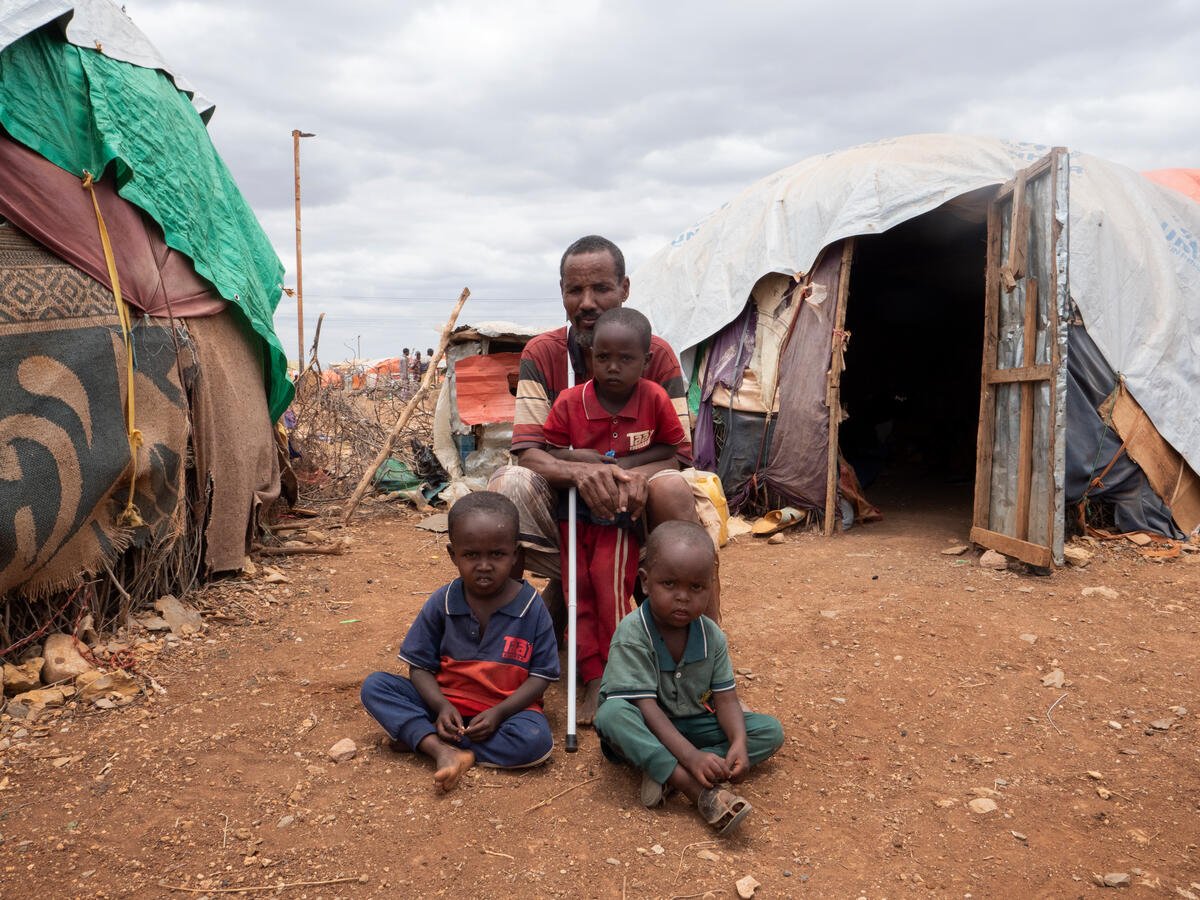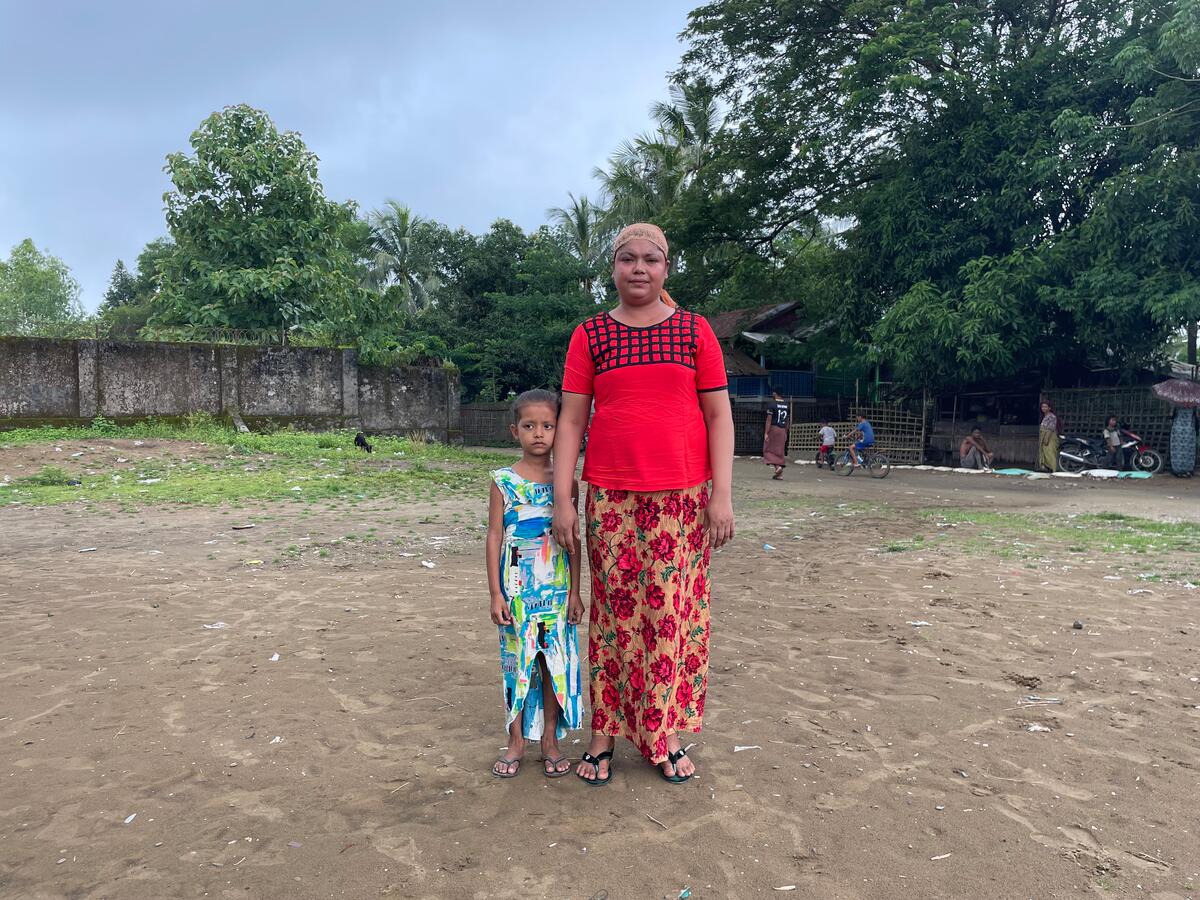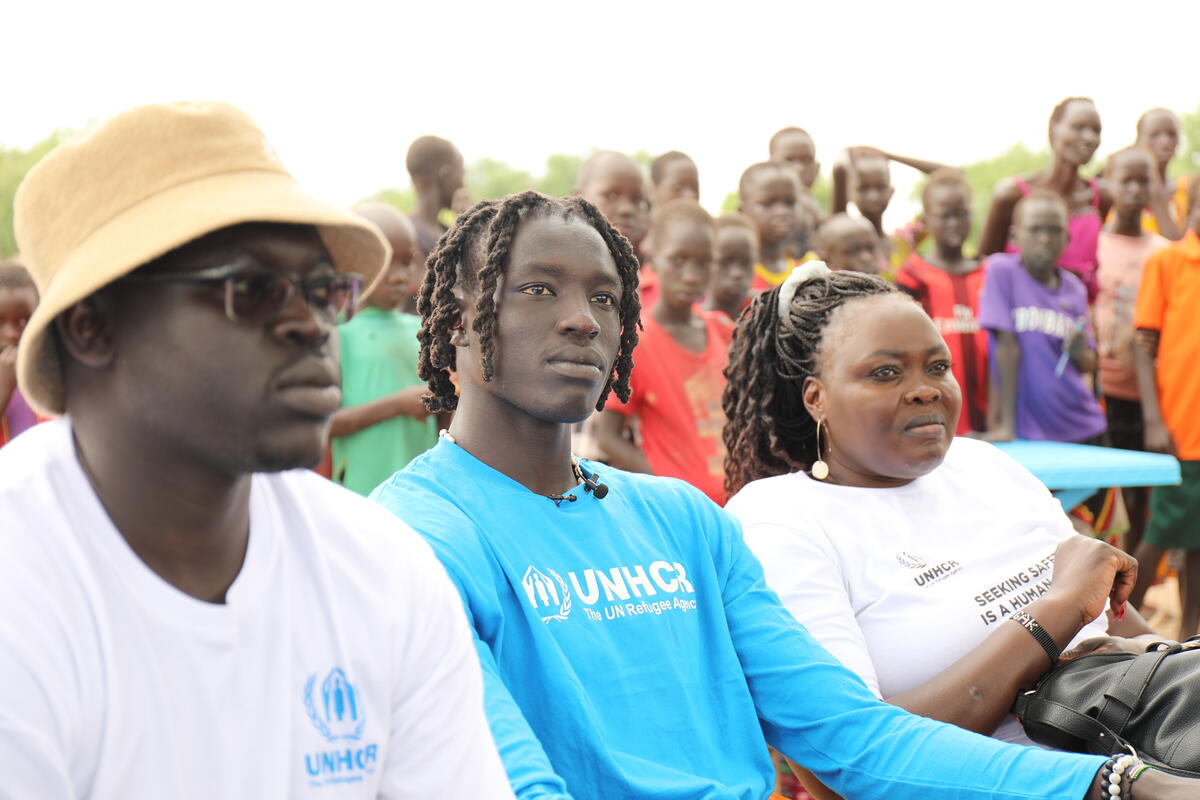Lubbers outlines UNHCR efforts for internally displaced
Lubbers outlines UNHCR efforts for internally displaced
OSLO, Norway - UN High Commissioner for Refugees Ruud Lubbers today (Wednesday) identified steps for a more coordinated international effort to help the world's estimated 20-25 million internally displaced persons (IDPs). He said UNHCR was ready to continue its IDP-related work, but other humanitarian agencies should also get more involved.
Mr. Lubbers made the remarks in an address to an international conference on IDP issues in Oslo, Norway.
The High Commissioner said UNHCR's involvement in crises of internal displacement, within a collective UN mechanism, should depend on three basic criteria: formal authorisation from the UN Secretary-General, through the Office for the Coordination of Humanitarian Affairs; the consent of the state involved; and the availability of adequate financial resources.
While emphasizing the primary responsibility of states to protect their own citizens, Mr. Lubbers stressed the importance of a clear system for allocating responsibility among UN and other humanitarian agencies for the provision of help to internally displaced people in dire need. He also said humanitarian involvement in internal displacement situations must be accompanied by an effort to resolve the political problems which cause the crises in the first place.
The many civil wars and internal conflicts of the past decade have led to an explosion in internal displacement. UNHCR has been involved in a number of IDP crises, from Northern Iraq and the Balkans to Angola and Sri Lanka. Currently, internally displaced people account for roughly one-fourth of UNHCR's more than 21 million beneficiaries.
Mr. Lubbers noted that UNHCR's previous IDP operations occurred in situations where the beneficiaries were located in the same areas as refugees or returnees; where refugees who had returned to their home countries were later displaced; where helping IDPs in their own country strengthened asylum in an adjacent state; where involvement with IDPs had a stabilizing impact for the prevention or solution of refugee problems; or where IDPs had protection and solution needs similar to refugees.








